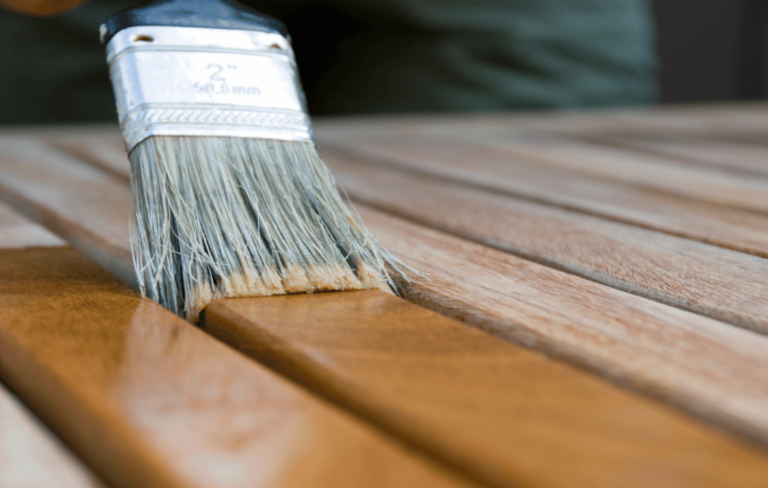Bring Your Furniture Back to Life: Methods for Refinishing or Restoring Solid Wood Furniture
Solid wood furniture is a timeless investment that can last a lifetime if you take good care of it. However, decades of use often leave these precious pieces with scratches, dents, and unsightly stains that can detract from their beauty. The good news is that refinishing or restoring solid wood furniture can give it a new lease on life. In this blog post, we’ll explore some of the most effective methods you can use to revive your furniture and bring it back to its former glory.
Why choose solid wood furniture?

Before we dive into the methods for refinishing or restoring solid wood furniture, let’s first discuss why you should choose this type of furniture in the first place. Solid wood furniture is known for its durability and timelessness, making it a smart investment for your home. Unlike cheaper alternatives made from particle board or veneer, solid wood furniture can withstand wear and tear for decades, making it a sustainable and eco-friendly choice. Additionally, solid wood furniture can add character and warmth to any space with its natural patterns and unique grain.
Refinishing vs. Restoring
Before you begin the process of bringing your solid wood furniture back to life, it’s essential to understand the difference between refinishing and restoring. Refinishing involves stripping off the old finish and applying a new one while restoring involves repairing and cleaning the existing finish to bring out its natural beauty. Both methods can be effective, depending on the condition of your furniture and your desired outcome.
Methods for Refinishing or Restoring Solid Wood Furniture
Stripping

Stripping is the process of removing the old finish from your furniture to prepare it for a new one. There are different ways to strip your furniture, including using chemical strippers or sanding it off. Chemical strippers are easy to use and work well on furniture with intricate designs or hard-to-reach spots. Sanding, on the other hand, is a bit more labor-intensive but allows you to remove the finish completely. Once you’ve stripped your furniture, you can apply a new finish or stain to it.
Staining

Staining is a popular method for enhancing the natural beauty of wood. By applying a stain, you can deepen the color of your furniture or change it altogether. There are different types of stains, including oil-based stains, water-based stains, and gel stains. Each type has its pros and cons, so choose the one that best suits your needs. Stain your furniture in a well-ventilated area using a brush or a cloth, and make sure to wait for it to dry completely before applying a finish.
Painting

Painting your furniture is a great way to give it a new look. You can use different types of paint, including chalk paint, milk paint, or latex paint, depending on the style you’re going for. Before painting your furniture, make sure to clean and sand it to remove any old finish or imperfections. Apply a primer to help the paint adhere better, followed by two or three coats of paint. You can add a protective coat of wax or polyurethane to make your furniture more durable.
Repairing

Before refinishing or restoring your furniture, you may need to repair some of its parts. Common repairs include fixing loose or broken joints, filling in gaps or cracks, or replacing missing pieces. You can use wood glue, wood filler, or putty to make these repairs. Once you’ve made the necessary repairs, sand the surface of your furniture to smooth out any rough spots and prepare it for a new finish.
Finishing

Finishing is the final step in the refinishing or restoring process. It’s the part that gives your furniture its shine and protection. There are different types of finishes, including varnish, shellac, lacquer, and polyurethane. Each type offers a different level of durability and sheen. Apply your finish using a brush or a sprayer and let it dry completely before using your furniture.

Refinishing or restoring solid wood furniture can be a labor-intensive process but is worth the effort. By using the methods we’ve described in this post, you can breathe new life into your old furniture and turn it into a cherished heirloom. Whether you choose to strip, stain, paint, repair, or finish your furniture, make sure to take your time and do it right. With the proper care and maintenance, your furniture can last for generations to come.
